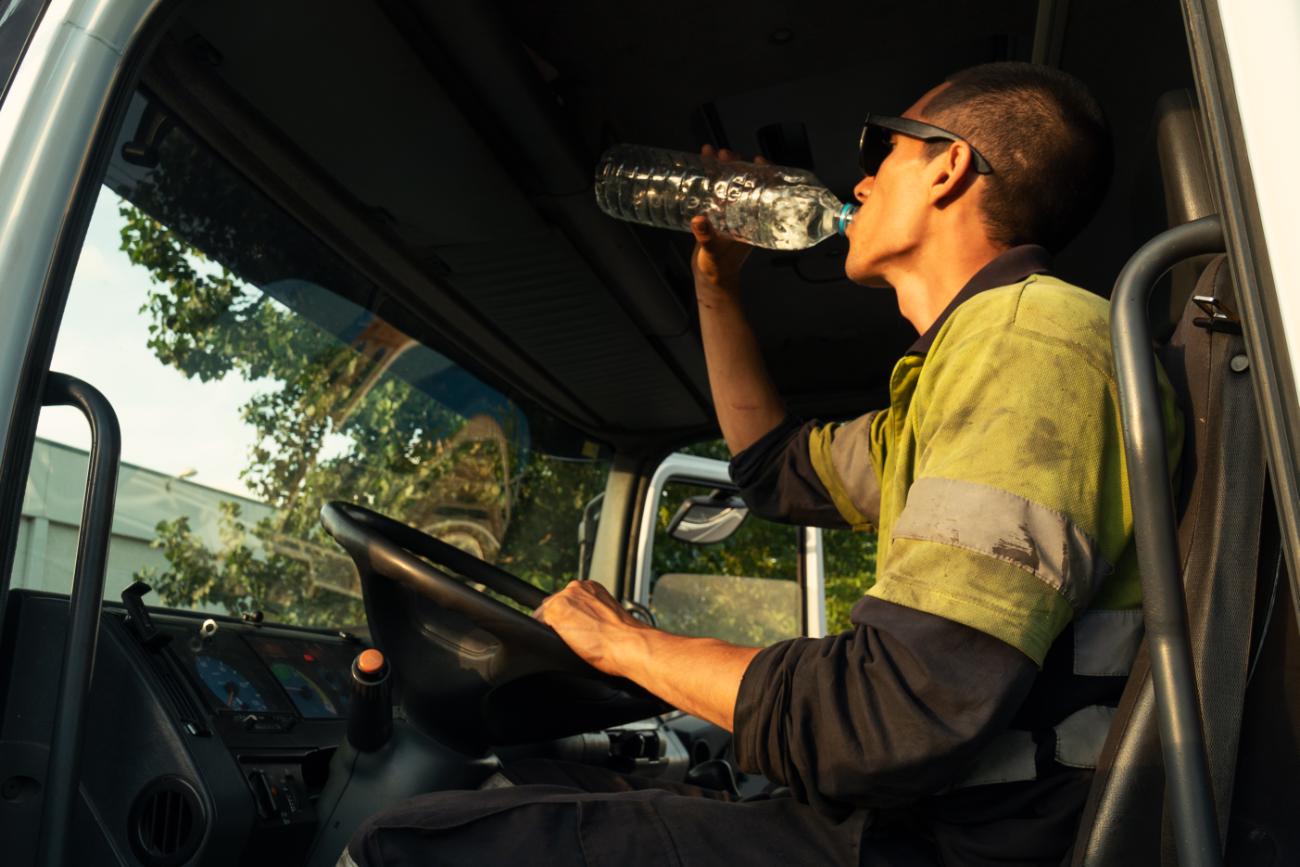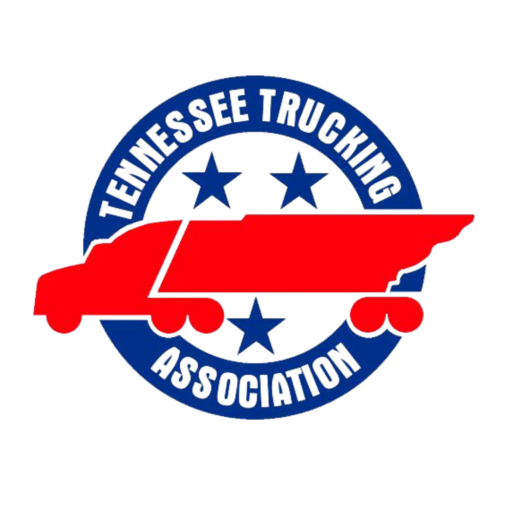![]() A word from Kyle Robbins, Operations Manager (Rushville Terminal)
A word from Kyle Robbins, Operations Manager (Rushville Terminal)
Trucking companies play a crucial role in transporting goods across the country, and are often dubbed the backbone of the supply chain. Trucking is responsible for a massive percentage of distributing and delivering products nation-wide. All the way from manufacturers to distributors to retailers, and then finally to consumers. I have been with Fraley and Schilling for 11 years as an Operations Manager for our corporate terminal in Rushville, IN and have observed, like so many others, that a large way to save shippers money is by hauling more weight.
The current federal weight limit for trucks is 80,000 pounds. Meaning the all-in weight of truck + trailer and the freight on the truck has to come to 80,000lbs or less. There are a couple different ways to haul more weight on each load but I am going to specifically talk about these two ways: running overweight loads or having lighter equipment. If you’re running overweight loads, this requires permits which are costly and also take a long time to submit/ get returned from the governing agency. Overweight loads driving down the road are also red flags to DOT officers and more likely to be stopped and inspected, costing time. So naturally the better solution is by maximizing the weight of each shipment, ie. hauling more freight. The math breaks down to this: with lighter equipment, trucking companies can reduce the number of trips required to transport goods because they are hauling more of the actual freight per run, which can save shippers money in several ways.
The first way it saves shippers money is by reducing the cost per unit of freight because shippers can potentially fit more units of freight on one truck. There are a couple fixed costs in transportation such as fuel, maintenance, and driver pay. All of which are greatly decreased when more weight is hauled in each trip, which brings us to the second way it can save the shipper money- in the long run you’re making less trips if you’re hauling more freight per trip so shippers can reduce the number of trucks required to transport the same amount of goods. This is multi beneficial to the industry as it can lead to savings in other areas outside of just shipping such as driver pay, insurance, and wear-and-tear equipment costs. It can also reduce congestion on the highways and lower the environmental impact of transportation by reducing carbon emissions ( read more about F&S’s efforts to help here).
Here’s the kicker though, there are several factors that need to be considered before hauling more weight. You’ve got to take it all the way down to truck and trailer design which has to be specially equipped to handle the additional weight. This will require investing in specialized equipment or retrofitting existing equipment, which can be costly. Another factor to consider is safety. In hauling heavier loads, you will have to keep in mind that braking distances will change, and load stability will be more critical when hauling heavier loads. The last real factor to consider are the regulations governing weight limits, and this changes state to state. Some states allow higher weight limits while others do not. It requires familiarity with the regulations in each state the shipment will be transported through, to ensure compliance and avoid penalties.
All in all, hauling more weight presents some interesting problems, but I have the unique experience of working for a company that uses this to its advantage. In 1990, Fraley and Schilling implemented specifically designed trucks that weigh less and, in turn, can carry more. We call it The Lightweight Advantage and it’s made us the best in the biz for the last 30 years. Proud to be a part of the solution!
![]()
![]()











